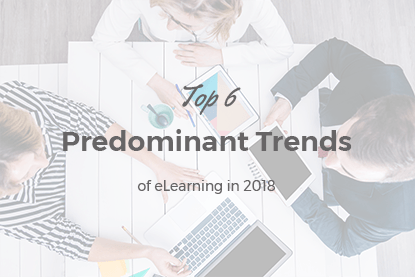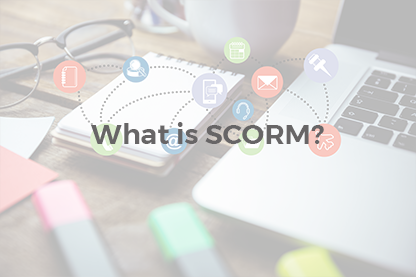Traditional methods of learning are slipping to the background. With technology and internet growth more and more institutions choose unconventional and modern approaches to the education process. One of them is flipped learning or a so called flipped classroom technique.
The article was last updated on August 22nd 2016.
Traditional methods of learning are slipping to the background. With technology and internet growth more and more institutions choose unconventional and modern approaches to the education process. One of them is flipped learning or a so called flipped classroom technique.
Flipped learningFlipped learning (flipped classroom) is a model of teaching in which students learn new content online by watching video lectures, usually at home, and what used to be homework is now done in class with teachers offering more personalized guidance and interaction with students, instead of lecturing (source: Wikipedia).
The history of flipped learning started in 2007 when two chemistry teachers Jonathan Bergmann and Aaron Sams were looking for a way to fill up the gaps in students’ knowledge due to the missed classes. As a solution they discovered lesson video recording. They recorded lectures for the absent students and posted them online. The students were free to download and watch them whenever it was convenient. The method achieved success and flipped learning became a regular teaching practice.
How does Flipped Learning model look like?- A teacher records a short lecture;
- A student watches a video at home before the class, writes down all the questions and prepares for the classroom discussion;
- A teacher answers students’ questions; students participate in discussions and debates, do labs and tests in the classroom.
The main idea of flipped learning is converting a regular class to a workshop, where students put the knowledge they obtained inside the classroom into practice, engaging and collaborating with each other. As opposed to traditional learning when students are “listeners”, flipped learning model converts students into active participants. All attention is turned to students, not a teacher.
Flipped classroom method is gaining popularity: nowadays Flipped learning network counts over 16 000 members. And like any other innovation, it finds its supporters and opponents. While the first publish case studies and call Flipped learning a method that will overthrow the established views on studying, the latter claim that flipping classroom is nothing new and has been used for many years in the form of blended, distance and online learning. The main difference is the presence of the face-to-face communication in case of flipped classroom. Moreover, the flipped learning technique requires strong motivation from students, and only those who are interested in learning will be successful, the rest will not only keep the same level of knowledge, but will pull back the classmates. That is why the flipped learning tactics requires more than just a video recording!
How to make flipped learning work?Flipped learning will become effective only if you go beyond the scope of the recorded lectures to watch before the class. It can be achieved by creating an interactive, collaborative and flexible eLearning platform by means of LMS implementation. And JoomLMS perfectly suits this purpose.
JoomLMS for flipped learning- Secure video storage and delivery. There are plenty of ways to deliver recorded videos to students - using the internet and even YouTube and Vimeo channels. However, posting the videos online with unlimited access can lead to students’ unwillingness to join a course: why visit lectures if you can find all the necessary information searching the web? JoomLMS, in turn, provides secure video storage and delivery.
- Students’ engagement. In addition to recorded video lectures JoomLMS allows adding quizzes, question pools, surveys and tests.
- Students’ contribution to online discussions. JoomLMS integration with a social tool like JomSocial allows creating social profiles and forums for students’ communication and posting comments after viewing the video.
- 24/7 access to the video files. Students can study at they own pace, skipping subjects they have clear understanding about, or re-watch a video as many times as needed. It is particularly important if a student is not a native speaker or has many questions.
- A teacher gets a feedback and can improve the practices, using advanced JoomLMS reporting features.
- Virtual environment where students and teachers communicate with each other, sharing thoughts and ideas.
That is how JoomLMS makes Flipped learning work for your students!
To know more about using JoomLMS to flip online classroom read an article How to Flip Class When you Teach Business Concepts Online. The BITSPEC Case.
What do you think about this modern technique? Share your thoughts using comments below!
What to read next?
Glossary of the Must-Know ELearning Terms
How to Apply a Student-Centered Approach to the ELearning Environment [Interview]
ELearning Project Launch is Easier than Ever Before!








